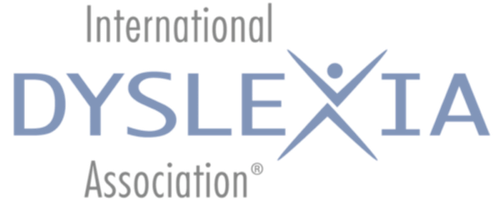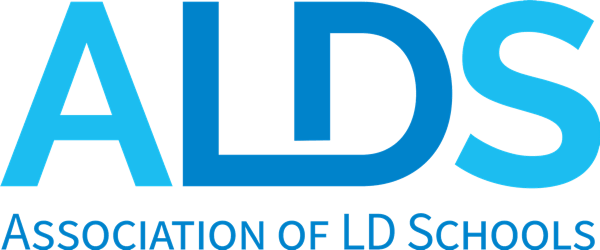Over the past decade or so, a divide has widened in educational circles over the impact of teacher-directed versus student-directed learning based on the idea that teacher-directed learning is passive, rather than active and engaged learning, and therefore, not as effective for student achievement and learning. However, viewing the two approaches as distinct and separate is misguided. The instructional strategies representative of these dual approaches, such as differentiated learning (student-directed) and explicit instruction (teacher-directed) are most effective when paired together. This week, let’s take a closer look at explicit instruction, a practice you most likely have heard about during parent-teacher conferences or IEP/ISP meetings.
An instructional approach woven throughout all disciplines and grades at The Craig School is direct, explicit, systematic instruction (explicit instruction). Explicit instruction is a teacher-directed approach to learning that is steeped in decades of empirical research indicating its effectiveness for students with exceptionalities, in particular students with learning differences. It is structured, sequential, and designed to build on previous learning. A good example is learning to read. First, students learn letter-sound relationships. This knowledge then leads to linking sounds together (phonemes) and knowing the symbols that represent them (graphemes). Teachers decide when to introduce each letter-sound relationship and use modeling to make sure students can accurately pronounce each sound. This structured and sequential approach in explicit instruction starts with identifying clear learning goals and objectives, followed by the purposeful organization of lessons, reviewing instructions so that student expectations are known, modeling, verbalizing the thinking process, providing opportunities to practice, asking questions for understanding, and giving timely feedback. Mastering concepts is incremental. Generalization to new contexts happens gradually. Finally, teacher guidance is reduced.
Why use this high leverage practice? Simple, it works! Explicit instruction provides a path for your child to learn to their potential. It is a research-based, effective means to teach students with exceptionalities. Unlike what some may think of as a limiting and dependency promoting instructional practice, explicit instruction makes higher-order thinking, inquiry-based, and other forms of student-directed learning more accessible. It engages students, teaches them the process of learning, and helps build decision-making and social skills. Furthermore, for students who struggle with working memory, explicit instruction reduces the load on working memory. By freeing up some of the required working memory, we free up cognitive resources for the learning itself. Finally, it provides a means for students who may struggle with attention to tune into the most important information at each step along the way. Explicit instruction works in schools and it also works at home. I’ll leave you with one home example: helping your child learn to make their bed. Break down this task into smaller parts: 1. Strip sheets, blankets, and pillowcases. 2. Put blankets and pillows on the table, 3. Get sheets and pillowcases from the closet, and so forth. Model the steps and provide clear expectations, verbalize the thinking process, provide lots of constructive, timely feedback, and practice, practice, practice.
Foundational grade-level skills and concepts, along with key 21st-century skills like collaboration, communication, and critical thinking are improved greatly through explicit instruction. Pair that with differentiated instructional approaches and our students are given the best opportunities for success both now and into the future.
For more information on ways of giving or to make a donation online you can clicking here.





